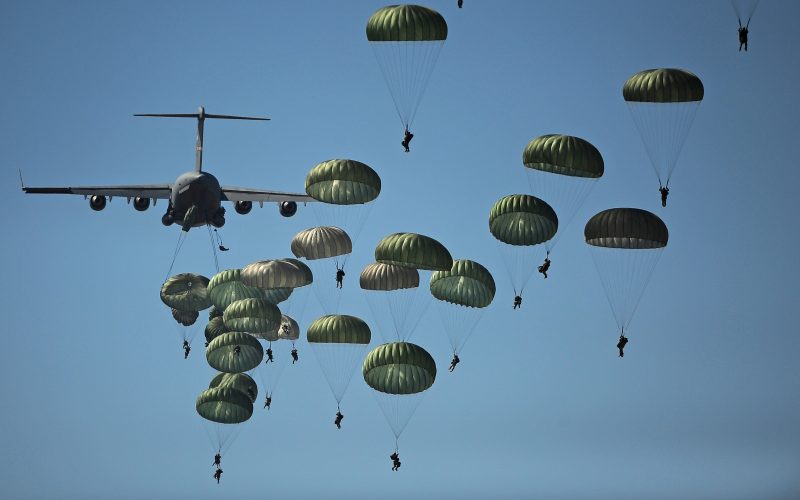One of the most pivotal and game-changing moments in the Second World War came on the 6th of June, 1944. It was a date that would come to be remembered as a turning point for the Allied forces, and the beginning of the end for Adolf Hitler.
Under the leadership of the Nazi party, Germany’s armies had swept across Europe, driving British and French soldiers over the English Channel at Dunkirk and laying claim to most of Western Europe. Things were looking exceedingly grim for Germany’s many enemies.
Two events then took place in 1941 – seismic shifts in the political and international landscape of the conflict. Firstly, Germany launched Operation Barbarossa, a truly massive offensive against Russia. Although the Soviets knew that Hitler would eventually turn his gaze eastwards, the timing came as a surprise.
Up until this point they had been working on the assumption that Germany would focus its attention on defeating the British Empire before it got around to making such a move. However, they were wrong, and this new German campaign initially proved to be effective. It would not last for long, of course, as Russia’s armies were quick to rally a strong defense.
The other major and impactful event that year came later, on the 7th of December.
America had remained detached from the conflict up until this point, as public opinion within the United States did not favor direct overseas intervention. This was to change completely, however, after the attack on Pearl Harbor.
In an unprecedented attack on American soil, more than 400 Japanese planes bombed a United States military base. The assault saw the loss of more than 2000 American lives, and as it was launched without any prior warning or declaration of war, it was later declared to be a war crime.
As a direct response, the United States entered the war on the side of the Allies. Yet this did not lead to any immediate action in Europe, and for now the German armies were mostly concentrated on fighting along the Eastern Front.
As the years went by, Russia found itself increasingly strained as it attempted to hold the line against Germany. The Soviet leader, Joseph Stalin, began urging the Allies to establish a Western Front as well. Eventually it was agreed, and preparations were made for the largest amphibious landing in history.
At the time it was code-named Operation Neptune, but today it is remembered as D-Day. Thousands of Allied troops of multiple nationalities landed on the beaches of Normandy, in Northern France. On the 6th of June, 1944, Hitler’s enemies flooded back into Western Europe, and the tide began to turn.
Although they suffered heavy casualties – especially on the infamous Omaha Beach – the Allies were successful in storming the coast. Gradually pushing inland, they fought and won numerous bloody battles in the villages and towns of France. Just two months after the Allies returned to Europe on D-Day, they had liberated Paris.
The Normandy Landings are today recognized as one of the key turning points of the Second World War. From this moment onward, the fate of Nazi Germany seemed to be sealed, as Russia and the Allies closed in on Berlin from all sides. Less than a year later, Hitler would be dead and the Allies victorious.
It has been 73 years since Operation Neptune took place, of course, and a great deal has changed within the modern military. In this video, you can see what D-Day might have looked like if it happened today.
These A-10 Thunderbolts and C-17 Globemasters, along with 130 paratroopers, are participating in the Joint Forcible Entry Exercise, over Keno Airfield at the Nevada Test and Training Range. The participants practice coordinating aircraft movements in a dangerous airspace, and dropping combat units on rough terrain.
In the footage we see an A-10 Warthog flying low and managing to knock out the enemy on the ground. Next, the 82nd Airborne Division Paratroopers are dropped in the combat zone. They seize and secure a landing strip for the C-17 Globemasters.
It is a striking video, and offers a fascinating insight into the way military technology and tactics have changed since 1944.
https://youtu.be/hzgrlKWpDT8
